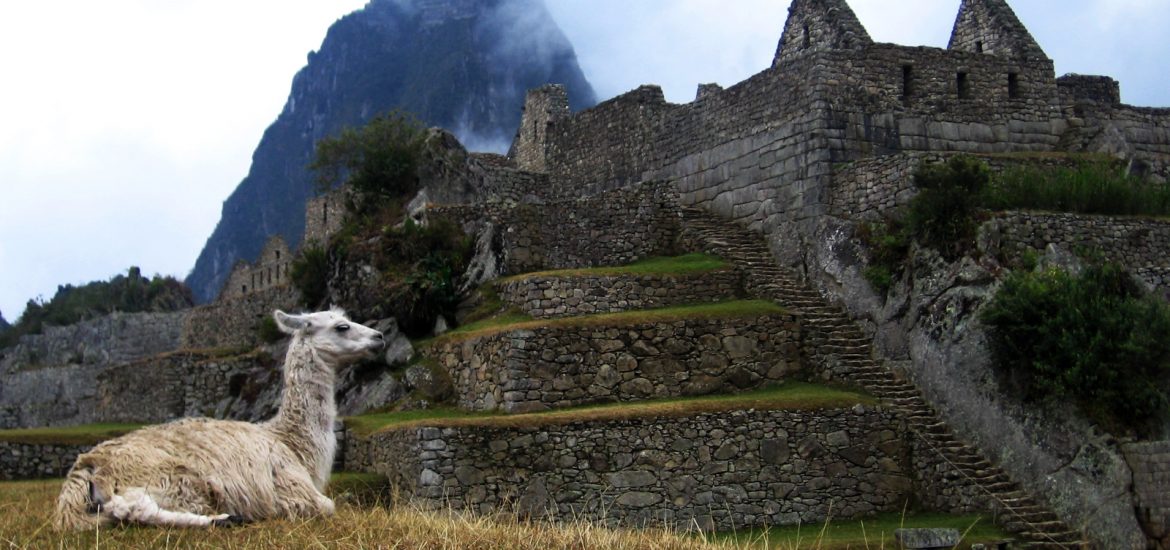Peru is a country with a diverse culture, geography, and climate. This diversity means that, depending on the place you want to visit, there will be different and appropriate times to do it.
Generally speaking, there are two main seasons in the whole country, but due to its geographical vastness weather still significantly varies. For example, in Peru’s jungle region weather’s hot and wet all year, so it doesn’t matter what time of the year you go. If you plan to visit Peru’s coast, avoid the months of June to October. It could be bad since the cold and humidity may affect your trip.
On the other hand, the main reason many foreigners want to visit Peru, Machu Picchu is in the rainy or wet season between mid-December to March (The most with most precipitation is January and February) In the low season, heavy rain can disrupt your trip. Tourist attractions and highways may close because of the area’s high precipitation.
But, you should consider that “Dry Season” (From mid-March to early December) means cold and chilly days in this area. This is if you don’t like winter.
We classify Seasons for tourists in Peru like this:
- High Season: May to Agust
- Shoulder Season: September to November
- Low Season: December to April
Given said that. Peru will enter the High Season soon. We’ll show some advantages and tips on how you can make the most of your visit to the ancient land of the Incas.
Consider the Weather Conditions
The dry season in Peru is best for mountain hiking, such as the Inca trail or Salkantay trek, and city tours. This is especially true in the Jungle and Andes. In case you plan to visit Machu Picchu in the Andes region, this is your best option.
Days are pleasant and sunny with an average temperature of 18 to 20 C. In the mornings, you only need a T-shirt, and a hat but don’t forget your sunscreen, this time of the year the sun hits hard and you may get sunburned.
On the other hand, evenings are colder during the dry season, and temperatures can get extremely cold in June and July. You should keep in mind that this is also the coldest season, with temperatures as low as minus cero in June and July.
This is a good time to explore the Amazon rainforest as well. Mosquitoes are fewer, animals stay by the river, and rain is lighter than in the rainy season. In the whole country, there are two main seasons, but the weather varies a lot because of its large size.
During this season, some downside is the large influx of visitors at tourist attractions. It gets hard to take photos, enjoy the beauty, or be around lots of strangers.
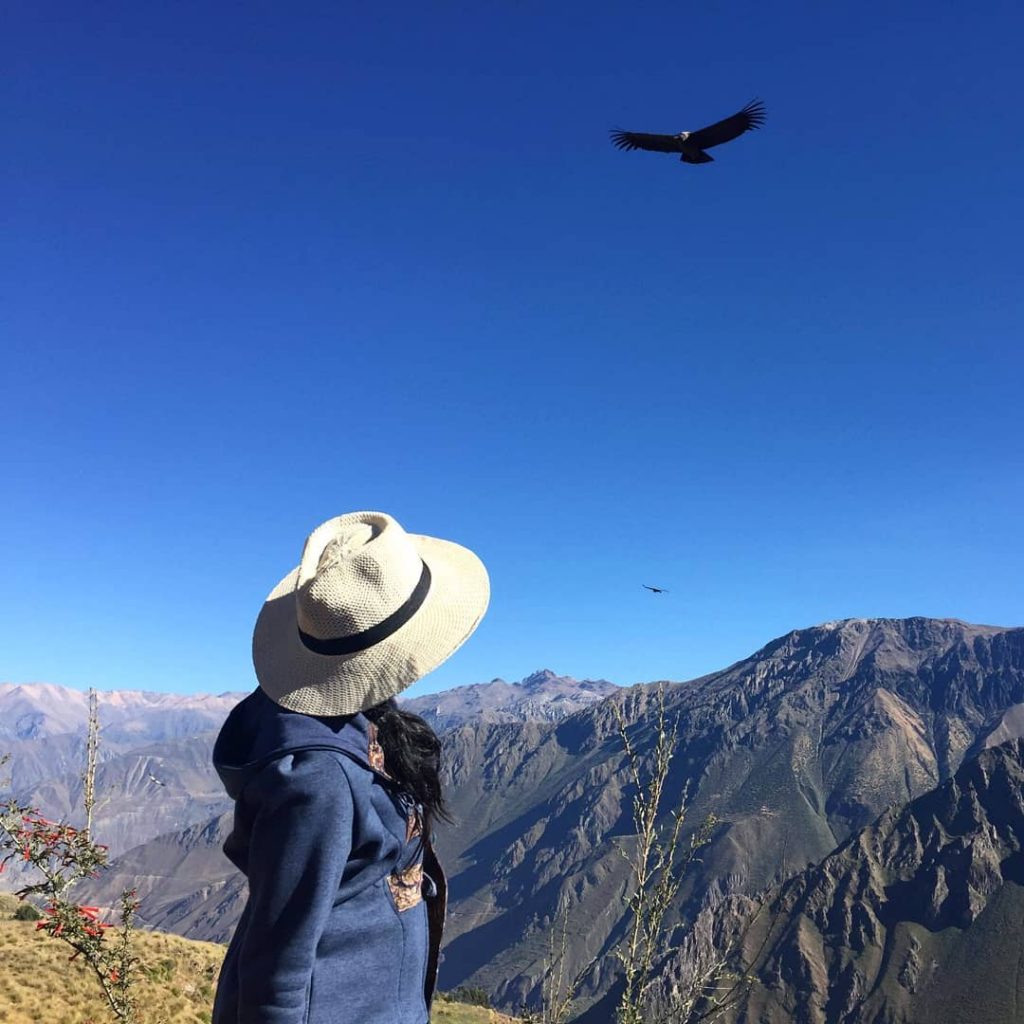
High Season Events
There are so many events or festivals in Peru, most of which occur in the dry season. One celebration that is getting closer is easter or Holy Week.
This implies they commemorate Christ’s resurrection. Peruvians take Holy Week celebrations seriously. They do so not just due to their beliefs, but they also do thanks to the legacy passed down from their parents and forefathers.
Semana Santa, or “Holy Week,” typically starts on Palm Sunday and ends on Easter Sunday or Monday. Peru considers this week to be one of its most significant festivals. They include vibrant activities, a variety of traditional foods, and happy processions.
If you visit Cusco in June, you cannot miss the Inti Raymi. The Inti Raymi was the largest cultural event during the Inca Empire. Inca Pachacuti founded it in 1412 A.D. They passed it down through generations to honor the winter solstice and the Sun God Inti.
The event was beautiful and luxurious and was held across the Tahuantinsuyo kingdom and lasted about 8 days. The Spanish colonists banned idolatry. But, certain Andean and Quechua groups secretly continued to celebrate it.
However, it wasn’t until 1944 that the old ceremony was rediscovered and shown to the public. Every year, 600 performers and dancers recreate the celebration. They do it to honor their ancestors and Andean traditions.
In 2001, the Inti Raymi was designated as a Peruvian cultural heritage and national identity ritual ceremony. This party is celebrated now on June 24th at many sites in Cusco. These include the Qorikancha Temple, Plaza de Armas of Cusco, and the Ceremonial Fortress of Saqsayhuaman.
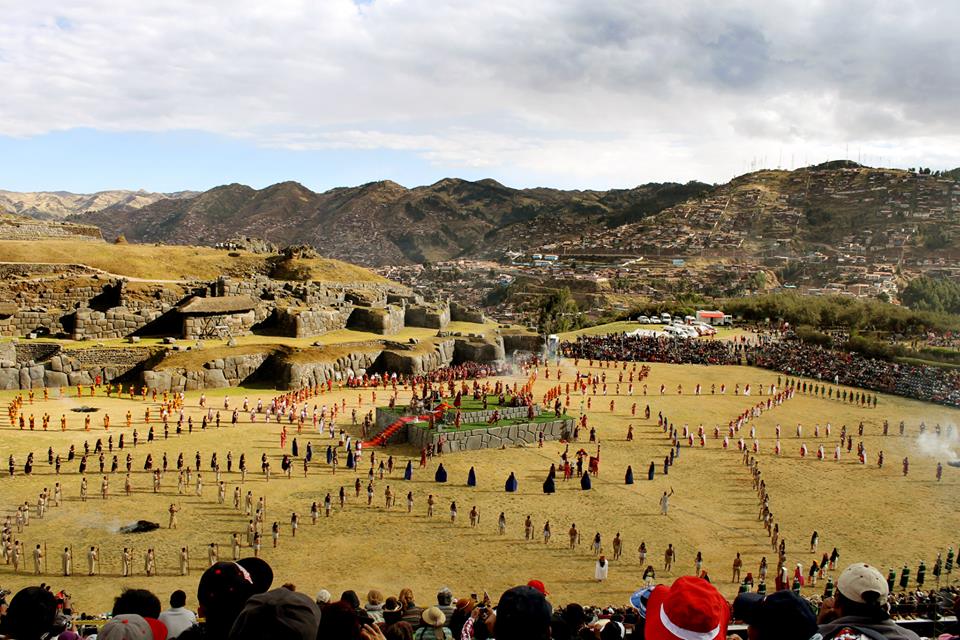
Another important event is “El Señor de los Temblores.” According to the tale, a bad earthquake hit Cusco on March 31, 1650. A group of devotees marched the Holy Christ sculpture in a procession to calm the heavenly anger.
This is one of Cusco’s most major Catholic celebrations, held annually between the second half of March and the first week of April. The city’s patron saint is the Lord of Tremors, also known as the Lord of Earthquakes in Spanish.
In July, Peruvians remember their independence from Spain. They call this celebration Fiestas Patrias and it is on July 28. This celebration is like the 4th of July in the United States.
You’ll see streets and surroundings filled with colorful parades, processions, music, and fireworks. Definitely one of the most cheerful Peruvian festivities you’ll see
Restaurants and bars all over Peru pump up the party spirit. Fiestas Patrias is an excellent time to immerse yourself in the local food and drink culture.
You can do so while rubbing shoulders with the welcoming people. During this time of the year, Peruvians love to celebrate with their families. They sing and listen to Peruvian music and eat the best dishes of Peruvian cuisine.
How you can make the most of your High Season trip
Plan in advance for attractions, accommodation, train tickets, and extras. Tickets to Machu Picchu seldom sell out, even in peak season. But, hike permits, trains, and hotels might become severely limited. Unless you have a highly flexible schedule, book everything as soon as possible.
For example, train tickets to and from Machu Picchu are becoming restricted, same thing happens with tickets to hike Huayna Picchu (an additional trip within the ruins) are always sold out during high season periods. One more point to consider is that hotel availability is limited, and special pricing may apply if your vacation dates connect with Peruvian festivals, such as July 28 and 29 (Peru’s Independence Day).
In case you visit Cusco during the high season, we recommend travelers spend a couple of days in Cusco as part of their journey to Machu Picchu. The city has a lengthy peak season that begins in May and ends around August
You should expect processions of music and dance, as well as a generally pleasant mood, making this a great time to visit Cusco and learn about its people’s rich cultural traditions. Don’t be surprised by crowds at the main tourist attractions in Cusco and the Sacred Valley, and take advantage of visiting traditional markets and trying seasonal fruits. There are hidden gems yet to be discovered in Peru during this season!
Some items you should include in your packing list are:
Jean pants, and leggings in case the day becomes cold or you want to be protected from the sun.
Try to wear sleeve shirts, the sun hits hard during this season, is easy to get sunburned
- Windbreakers could be practical.
- Shoes with a comfy sole, don’t use heels, please
- Thermal underwear for evenings
- Bring a warm scarf, hat, and gloves from home or buy them in Peru. You can get Alpaca and llama items in tourist markets for all over Peru.
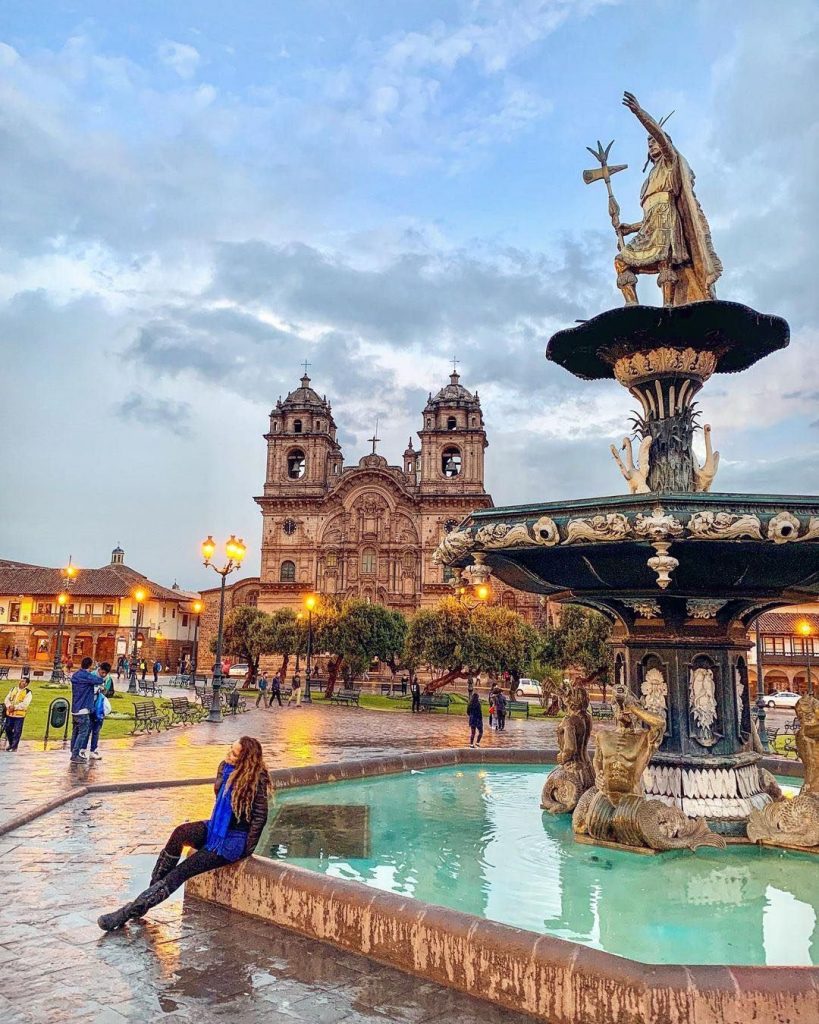
What About Shoulder Season?
In shoulder Season (The period between high and low season) you can save money, Peru receives almost no rain, the temperature is nice and you won’t see crowds in attractions or while you’re walking on the streets. However, festivals, atmosphere, and mood could feel different. If you don’t like crowds and prefer quiet environments, this is your perfect choice.
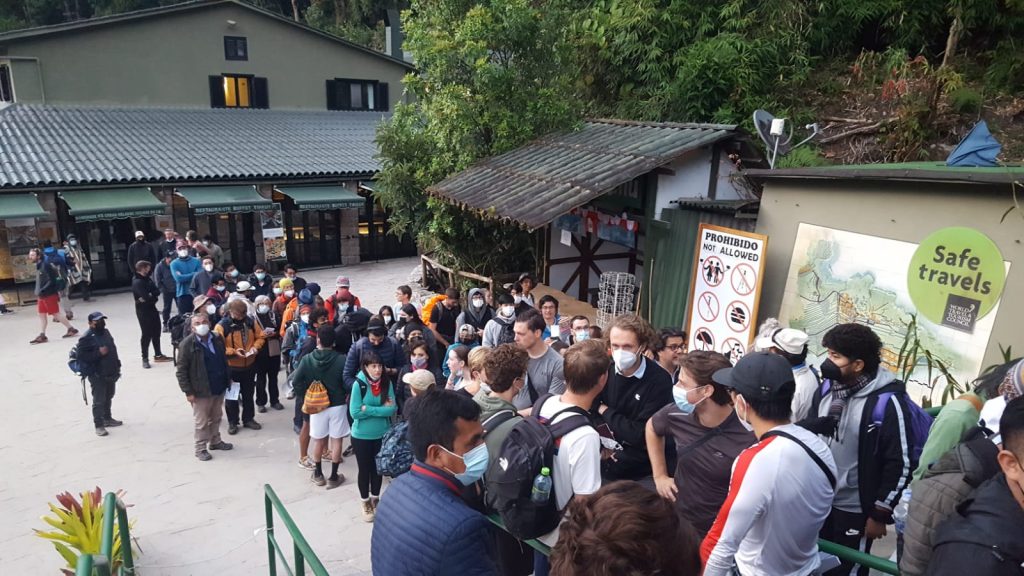
FAQ
When’s the best time to visit the Amazon rainforest?
The best time to visit the Amazon rainforest in Peru is during the dry season, from May to October when there is less rainfall.
What About the Coastal Region?
As for visiting coastal cities, the best months are between December and March, taking advantage of the sunny days and warm weather.
When should I visit Peru to attend its festivals?
The most popular festivals are often held during the peak season, between June and August. Planning a vacation to Peru entails considering the country’s climate and geographical variety. While some sites are open all year, others have distinct seasons that might enhance your experience. By studying and carefully picking your vacation dates, you can ensure a wonderful journey in Peru’s rich and diverse scenery.
Which month is best to visit Peru?
The ideal month to visit Peru is determined by your tastes and the activities you intend to do during your trip. However, the ideal time to visit Peru is typically regarded to be between May and September, especially if you intend to see Machu Picchu and other Andean sites.
What is the ideal month to visit Machu Picchu?
The ideal time to visit Machu Picchu is often during the dry season, which lasts from April to October. During this period, you may expect more consistent weather and clearer vistas, making it excellent for trekking and exploring the area.
Depending on your preferences, Viagens Machu Pichu is committed to making your dreams come true in the ancient Peruvian Lands. Contact us and see our packages, let’s embark together on this adventure!

